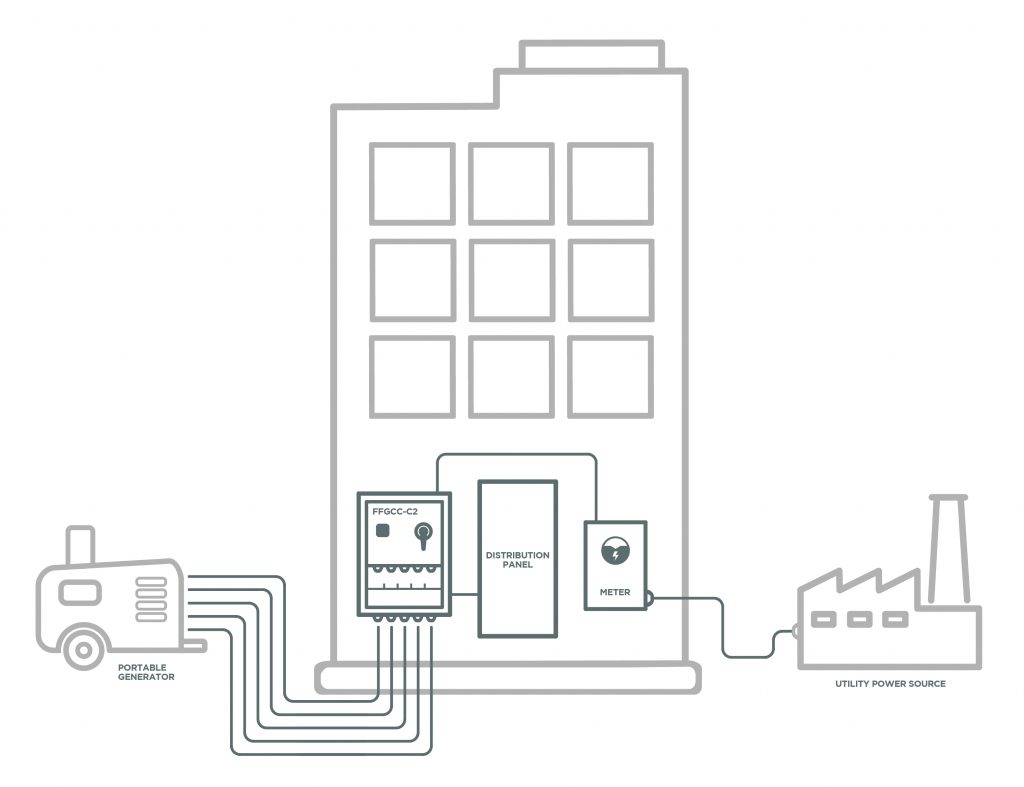We have many products and options to pick from. View our Product Comparison Chart to ensure you get what is right for you.
If you are still having difficulties, feel free to contact us. We are here to help.
We have many products and options to pick from. View our Product Comparison Chart to ensure you get what is right for you.
If you are still having difficulties, feel free to contact us. We are here to help.
Besides viewing our products online, you can download our brochure and have a physical copy when you need it.
A normal work day can become extremely frustrating when an interruption in life takes place. The philosophy applies to an interruption in power supply at the warehouse or plant. A loss of power will slow down or shut down productivity. In today’s IT based work culture, commercial operations are dependent upon the data center. The data center requires an uninterrupted power supply.
It is imperative to mention that one cannot avoid a power cut or power outage. This is why commercial operations should have a generator on the premises. They are an excellent secondary line of defense, but they can fail to deliver adequate electric output if they are not properly maintained. An annual load check is the best way to determine if a generator is operating at full capacity.
It is the main tool that unlocks the complex interplay operating the electrical unit while running at maximum power or under partial load. The load bank tests the electrical power outputs. This could be UPS backups, a large diesel-based generator, or gas turbines. It thoroughly checks all the electrical parameters of a system that creates continuous electrical power (direct current or alternating current).
Determine if the prospective company offers service for portable and fixed equipment. In some cases, you may need both.
Search for a reputable name in this industry. You can use the internet to find a company that has a solid reputation for offering excellent service. Visiting their site will help you learn more about their services. The prospective company should have several true testimonies on their website.
Electricity is vital when it comes to sustaining daily life. This is why you need a continuous supply of electricity for your data center or industry. Test your generator regularly and enjoy power throughout the entire day!
Companies, and particularly data centers, need a continuous supply of power from electrical supply networks. Losing power can be disastrous. Unfortunately, electrical supply networks do sometimes fail, so companies need a secure, alternative supply of power. The most practical alternative is to have standby or fully-redundant power supplies in place.
These back-up power supplies normally come in the form of batteries or generating-sets – usually a combination of the two. For example, in a bank, one would typically find a battery that can supply uninterruptible power, and that would instantly take over if the electricity supply from the grid failed. Once the battery had done the job of managing the immediate problem, a diesel generator would normally take over the medium-term supply of power. These generators can only run as long as they have fuel, so supplying enough fuel to run the generators for an extended period is a basic requirement.
Also, the generator itself needs to work properly. To ensure that it does, one should have the generator tested regularly. The price of doing so is trivial compared with the cost of the generator failing when it is needed. Unfortunately, many companies still do not conduct regular or effective testing.
This article explains why regular load bank testing, in particular, should be a crucial part of any company’s standby strategy. It also explains how load banks can be most effectively installed and used.
It is not sufficient to simply turn the motor on once a month to see if it works. Such infrequent use can create significant problems for a diesel generator. Diesel engines that are regularly run at very low loads – or no load at all – become increasingly unreliable and costly to maintain. They experience smoky exhausts, carbon build-up, fuel system problems and lubricating oil deterioration, all of which decrease reliability and add to running costs.
One can avoid these consequences by conducting routine testing, especially tests with a load bank. Routine testing doesn’t mean interrupting the power supply to a hospital, financial center or other critical application so that one can see if the generator set works. Rather, the test uses the load bank to bring the generator, with its engine, alternator, and radiator, up to its operating temperature. One can achieve that temperature by operating the generator set on a load of 20 to 40% of its rated power.
There are two benefits to this. One is that regular testing with a load bank offers a much higher degree of certainty that the set will perform as expected in a real power outage. The second is that costs are reduced. Many users, particularly telecommunications and utilities, recognize that it is cheaper to include a fixed load bank in the generator’s installation – or even to regularly hire a load bank – than it is to incur severe maintenance costs from not having one.
Sadly, there are still many standby generators going untested. We cannot be sure that they will work in a power outage. If power outages were more common, the industry might more clearly understand the value of a standby generator and load bank.
Adding a fixed load bank to a generator at the time of installation is much less expensive than retrofitting one. The principal reason for this is that it provides the opportunity to fit the unit in the air inlet between the radiator and the acoustic splitter. This means you can use the inlet for cooling, which will reduce long-term fuel costs as well as initial capital expenditure.
A further benefit is that, if you install a load bank in front of the radiator it does not make any additional noise because there is no extra cooling. However, if you fit one externally, you will need to measure the noise emissions to make sure it doesn’t exceed the environmental demands.
However, in most retrofit projects there is not sufficient space in front of the radiator to do this. As a result, the most convenient location is often the plant room, but in applications where space is at a premium, the roof of the building can also be used.
Another way of reducing capital expenditure is to use a single load bank to test multiple generators, or multiple generators and a UPS, in sequence. Again, by considering testing at the planning stage, it’s easy to build this into the system.
In some cases, there is a further benefit in that the same load banks can be used as a ballast load during normal operation of the generating set. In those applications, where the connected load may vary over a wide range, either as a result of seasonal variations or the nature of the load itself, when the ‘real’ demand is small, it can be beneficial to add load to keep the engine operating at least at 20 to 40% of its capacity.
A third consideration for installing load banks is that if a load bank is incorporated into the set when it is built, the only addition needed to the control scheme is a load-sensing relay in the generator control panel. Load banks for fixed installations are designed as an installations stage bolt-on addition to the set, requiring a space of only 400 to 800 mm between the radiator and the acoustic splitters.
The grids are assembled in banks with ceramic insulation rated for 1kV operation. The load bank makes use of the radiator airflow for cooling, making the basic design simple, low-cost and adaptable to almost any engine. Most standard generating sets in the 50 to 1000kW range have radiators with a free pressure loss of at least 125Pa so that a load bank can be added without the need for modifications to the basic design or an increase in the rating or cost of the acoustic splitters.
Where power ratings of more than 50% of a set’s capacity are required, or where a single load bank is installed to serve multiple generating sets, other cooling arrangements can be used. You can arrange for cooling systems to be used to existing plant room fans and supplied many such loads for these applications, with power ratings ranging from 5kW up to 2MW. Customers include generating set builders, contractors, and end-users themselves.
For many years it has been routine for all newly-installed generating sets to have a load test during the commissioning process to prove the performance of the set and all its ancillaries – the cooling system, exhaust system, switchgear, and protection scheme. When using mobile equipment, these tests have traditionally been performed by contractors who visit the site, bringing with them a portable load bank. Sadly, this was often the only time that equipment was adequately tested.
Encouragingly, however, we have recently seen instances of very high profile financial and telecoms firms investing in their portable load banks and in many cases still using the same contractors to test. This, in addition to those instances of fixed load banks for routine testing we have always seen, provides evidence that many high-profile companies have woken up to the importance of regular testing of standby power. This represents a big step forward.
Buying a generating set but not testing it, is like buying insurance but not making sure that your certificate is valid. It’s sad and ironic that many companies recognize the likelihood of failure in the electrical supply network, which is increasing as our sub-station and generation infrastructure ages but is undermining their preparations for it.
When you have your generator serviced, this can be done in one of the following three different ways:
If a company that you wish to deal with doesn’t employ technicians, and if you’re also trying to decide whether a manufacturer or independent service would be the best choice to maintain the generator, be sure to make a note of the following information to help you with your final decision. There are likely many different options in your general area regarding selecting an independent generator service. Below are four great reasons as to why selecting an independent company to service your generator would be better than selecting a contractor.
If you have an issue with your generator that’s keeping it from operating during a kind of an outage, there’s a chance that the outage could be over before a technician arrives to take care of the problem, which is why many of them don’t specialize in emergency services. Technicians always maintain your generator under some scheduled agreement; however, if there’s an emergency, it can take up to ten hours for them to arrive to take care of the issue. However, an independent service can arrive within two to three hours, sometimes sooner.
A manufacturer will typically charge 50% more money than an independent service to perform the same work. This is primarily due to factors such as high labor rates and high markups. Even worse is the fact that manufacturers will spend as much time as possible to repair a generator, and because they charge such high rates, this can end up costing you a huge amount of money.
There are a lot of companies who want services for load generators that can both test and maintain the entire EPSS, or Emergency Power Supply System, instead of just the generator itself. Factors such as infrared scanning and breaker testing are critical to keeping this system operating as efficiently as possible. Many manufacturers will both test and repair all of their products rather than products that come from another company.
Manufacturers practice only developing and selling new products rather than testing and maintaining them once they have been sold. Independent companies, however, do specialize in these services.
Since manufacturers perform maintenance during warranty periods, some companies still continue to have them perform regular generator maintenance once the warranty period has expired. This can result in you paying upwards of thousands of dollars per year in service costs that aren’t necessary. Furthermore, manufacturers are used under the belief that the generator and the environment in which it was installed will both be understood a lot better than an independent company would be able to understand it. However, this is rarely the case.
Selecting an independent company, in the long run, will always be the best option for you to go with, especially since they offer options such as lower prices, better response times, etc.
A load bank is a device that produces an electrical load and applies it to an electrical power source, the power from which can be used to test or support the power source. There are different types of load bank, with different applications. Four commonly used types are resistive, inductive, capacitive, and electronic load banks. Below we briefly overview each type and explain its general realm of application.
A resistive load bank is often used to provide equal loading capacity for a machine and its engine: the same amount of power that the load bank applies to the machine, the machine also applies to its engine. In a resistive arrangement, equal amounts of energy are removed from a complete operating system. For example, the amount of energy removed from a machine’s fuel by its engine is then removed from its engine by the load bank. Resistive loading is often used to test emergency power generators.
An inductive load bank is often said to create a “lagging load.” This means that it produces a load that is 75% of the total kW resistive load by using a resistive load bank in combination with a reactive element. Due to their ability to simulate the mixture of energy required by various building elements, inductive loads are often used for full power system testing, as well as for specific evaluation of generators, voltage regulation equipment, and power transfer switches.
Capacitive loads are similar to inductive ones in terms of power rating and purpose of the application, but they differ in that capacitive loading generates the initial power factor load. This creates an increased power factor that is useful for testing systems that experience non-linear power loads, such as computer centers or telecommunications outfits.
Electronic loads supply constant power whose delivery can be programmed to arrive at certain destinations and not others, making it an excellent choice for testing specific circuits, as could be useful in high voltage circuit breaker maintenance.
Loads are commonly used to support the function of critical emergency equipment such as circuit breakers, generators, and transfer switches. To choose the best type of equipment for your operation, it is, therefore, wise to consult with a provider of emergency industrial power services and equipment. Industrial power services that supply power equipment and load banks to general facilities also supply load banks for generators. Diesel-powered generators that don’t perform at 30% or higher than their nameplate rating load during tests should have their EPSS tested annually using an artificial load, according to a top supplier of emergency power equipment.
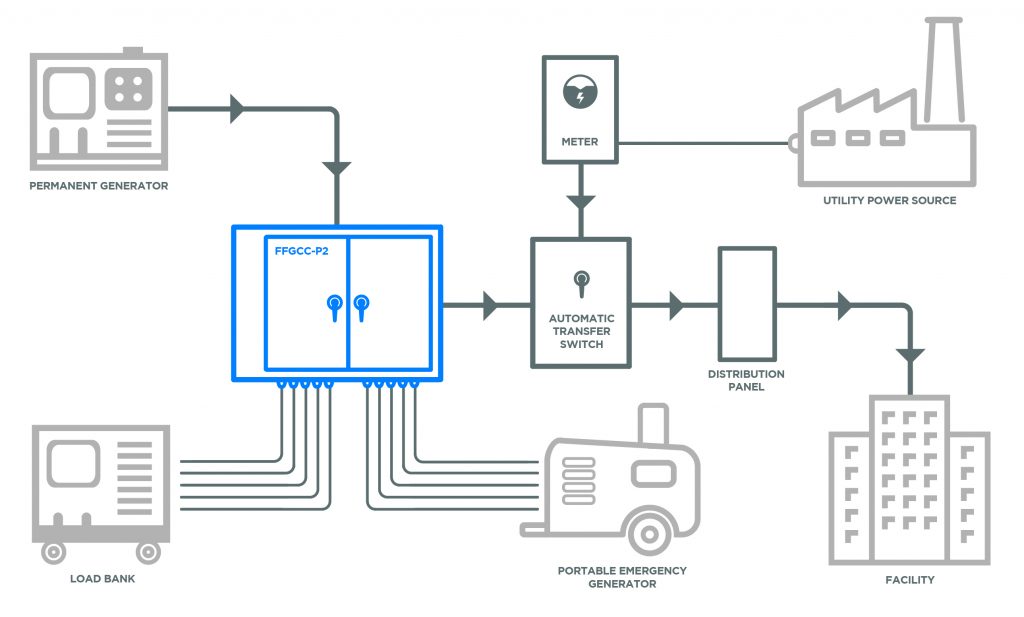
In a normal setup, a UPS (uninterruptible power supply) is found between alternative sources of power and the protected loads. The reason behind this is to protect the loads from unexpected power failures which could damage the loads. To make this successful, most UPS are designed to power connected loads through an inverter whose main function is to is to enable conditioning the main supply voltage or break-free electrical energy supply when there is a failure to avoid potential damage. UPS are therefore considered paramount in the continuity of businesses because loads cannot be able to operate in case of power outage. This is the prime reason which has made testing a load bank to implement UPS to meet the requirements they mostly need in their functioning.

A load bank test is used to test the UPS and generator which is under load conditions to ensure that they are working optimally. This method is a way of validating the true operational performance as well as the battery autonomy used in UPS system. The main reason for testing load banks is to carry out preventative maintenance necessary to avoid future damages or breakdowns. In addition to preventative maintenance, load bank tests are used to ascertain the current conditions of UPS batteries as well as battery sets to show whether any of the cells are holding the charge, approaching the end of their working life or whether they are about to fail.
This facilitates their replacement before they cause a critical application problem. It is important to note that load bank test services are sometimes offered by suppliers of power protection equipment e.g. Uninterruptible Power Supplies Limited as a part of UPS commissioning process.
However, when carrying out this commissioning, caution should be exercised to ascertain reliable results and operations. Ideally, the testing services should be carried out at least after a week after the UPS has been commissioned. This is very vital because it not only permits the voltage across the battery but also allows the battery to be fully charged. You should understand that carrying out load bank tests before a week of commissioning would neither yield accurate results nor give you the true picture how the system is running. Therefore, this would be a waste of time and money and should be avoided.
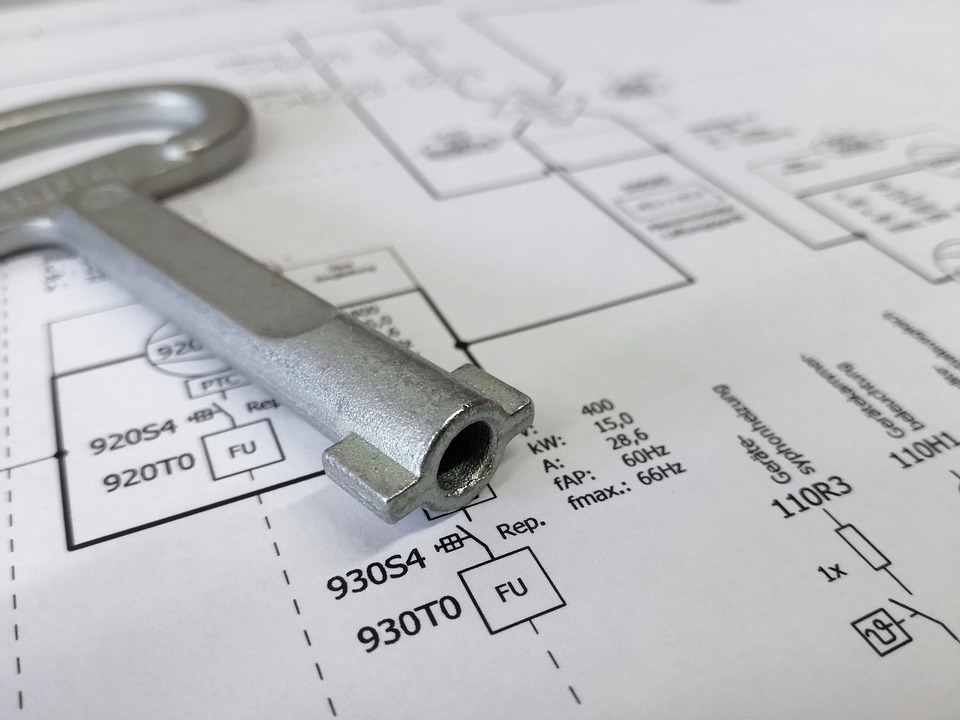
The second important point to note is that the suppliers of load testing equipment usually carry their small load banks which are usually 100 kW or less but if you want to test a larger UPS system, they hire a larger set capable of testing the UPS. The load banks that they use are mostly resistive in nature i.e. they are neither inductive nor capacitive and current rises immediately into a steady state because they don’t have the first switch on the surge.
Generator load banks are available for both AC and DC systems depending on your requirement. DC systems are used to test batteries while an AC load block is used to test an entire UPS system. Also, if you are in need of reactive load banks, they are also available although they tend to be larger and heavier in design than the AC/DC load banks.
What is the essence of a load bank test? The idea behind this is to test the power protection system and its components while the system is under load conditions without risking the supply of protected loads. Mainly, it shows whether the system is in its right conditions by just conducting some tests.
UPS and power supply systems need periodical testing to ascertain that they will work when the need arises. This can be compared to fire alarms which require consistent maintenance practices to ensure that in the case of dire they are working properly. The operators usually want surety that it will run when fully loaded and hence a load bank test is responsible for taking the power protection system into a test in a controlled environment.
To carry out the testing process, the load banks should be supplied with quality rated cables to facilitate effective charge transfer. The load bank should not be placed more than 20 meters from output power distribution unit (PDU) or UPS terminals. You should understand that load banks are made up of heating elements and fans which are responsible for cooling the system.
Therefore, allowances should make to allow heat dissipation and attenuation of noise during the testing process. Also, you should not test the UPS system close to an area where people are working, near sensitive alarms or sprinkler systems as a precautionary measure.
After carrying out the test, measurements are taken during discharge where the battery and system performances are determined. A load bank test identifies the problems with the generator and the UPS prompting for immediate actions to be taken to facilitate its efficiency.
In case there is a standby generator, load bank testing will indicate:
After making the above observations, the generator load bank testing will help in removal of deposits from the pistons, removing engine castings and exhausts as well as noting potential weaknesses. This will be followed by a recording of the results and doing any other work that needs to be done.
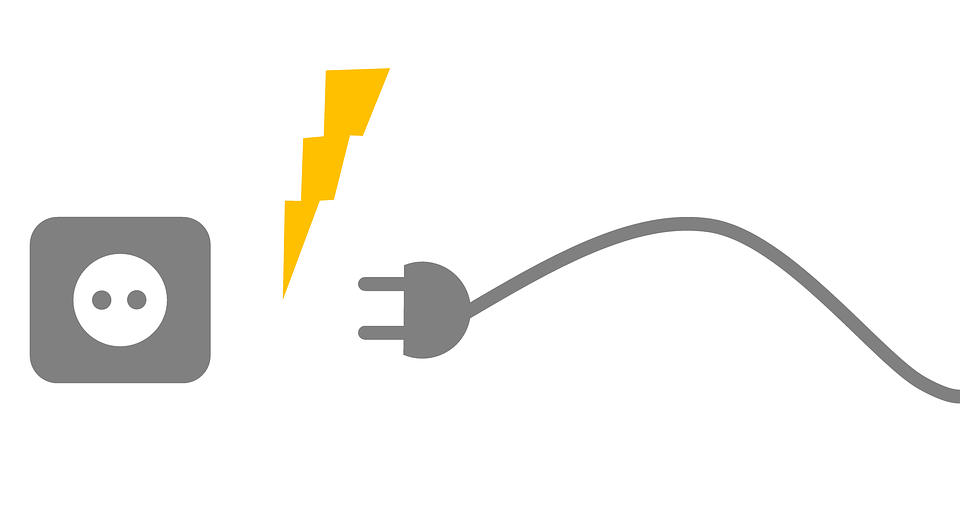
It should be understood that, although power protection equipment should be maintained and tested regularly, load bank testing should be carried out wisely and cautiously because it can reduce the resilience of the system, discharge batteries or in extreme cases place the connected loads at risk. Hence, this testing is carried out by experienced and skilled professionals outside normal working hours. For generator load bank testing to be carried out in your systems, it entails hiring equipment if you’ve large systems, pay engineer time and pay for temporal cable provision and connection. Necessary precautionary measures should be considered to enhance safety and prevent potential damages to the system.
It is advisable to carry out regular a load bank test because they will ensure that the components in the power protection system will perform effectively and optimally when needed to support a critical load.
Emergency standby generators play very crucial roles in that they provide backup power in moments of power outages. They are however vulnerable to several misfortunes which ought to be responded to in the timely and appropriate manner in case their reliability is to be guaranteed in the long run.
In the discussions that follow, you will get to know of the potential problems that emergency standby generators may encounter and how to mitigate them.
The functioning and performance of generators may be affected by several factors that include the following:
Generator load evaluations should be carried out in the generator from time to time to identify and mitigate these problems. This may take various forms such as using of building load, monitoring the generator exercise regularly to ensure that it starts and runs as programmed, and the
use of a portable load bank.
Testing generators, just like every other piece of an electrical appliance is a very significant undertaking. The following are some of the main reasons why this is so:
Testing the generator under load ensures that it performs as designed and when it is needed most. That is because generator load tests allow for the verification of the generator system to ensure that it produces and maintains full load without either overheating or shutting down.
Through this test, it is possible to ascertain the various components of the generator system to ascertain that they all worked interdependently as designed and intended to achieve a common goal. It also allows for the detection and identification of potential weaknesses in controlled conditions.
It allows for proactive maintenance i.e. helps in the identification of any potential weaknesses beforehand in controlled conditions, unlike in moments of utility outage when weaknesses may cause a complete failure of the system.
PS: As a general rule, it is recommended that all diesel engines be load-tested using a portable generator load bank for at least two hours annually. In case the engine has not been tested for at least a year, then longer tests may be needed. This annual test reduces the side effects of wet-stacking on a generator system.
To mitigate the afore-listed potential problems, provide the highest comfort levels possible, and to ensure that the system operates as desired, a well-planned maintenance problem is the only way out. Such a program should ideally include regular load-test.
The tasks of designing and implementing a properly planned maintenance program for a standby generator system is best delegated to a qualified power company. We, the Fox Fab Generator Power Systems, can help in accomplishing the task effectively.
Our team of factory-trained technicians has the wherewithal to design and implement such a program. They will also ensure that the plan is carried out professionally and that any issues that may arise are brought to your attention timely to ensure that you are adequately prepared for any future interruptions in utility power supply.
Benefits include:
The list of benefits from generator load bank testing continues to grow as more research is performed.
View our Generator & Load Bank Connection by Application View our Generator & Load Bank Connection by Specifications
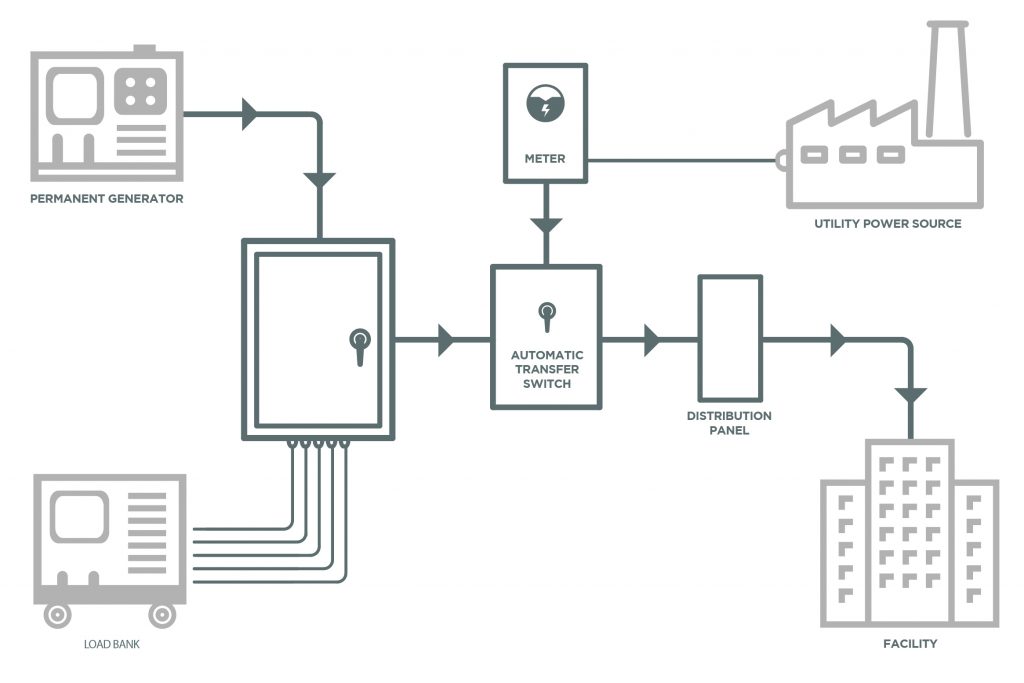
Foxfab has a range of generator quick connect products that can be used in a variety of critical power applications. These products have been engineered to allow easy, safe, and quick access to power up a facility with a temporary or roll up generator. These could be used during construction, permanent generator maintenance, or storm power situations.
Problems for facilities without Generator Tie in equipment:
Benefits of using permanent Foxfab Generator Connection Solutions
Product line options
Contact Foxfab for further options